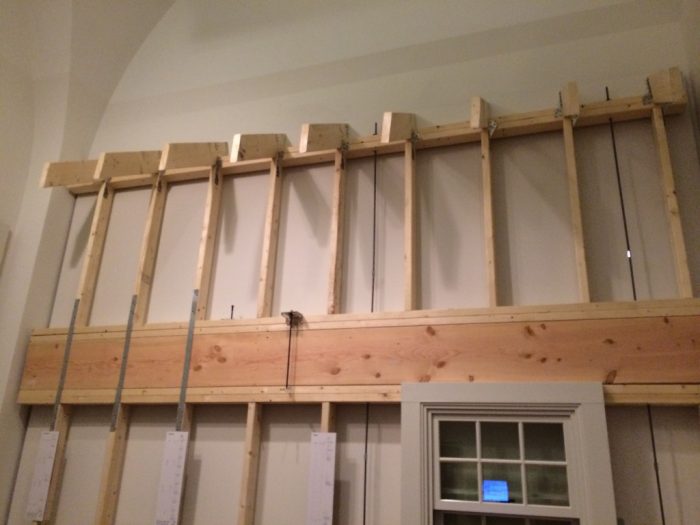Designing for Disaster Showcases Disaster Preparedness, Mitigation
I attended the opening reception at the National Building Museum and got a preview of the soon-to-open exhibit Designing For Disaster, of which CDP is a sponsor. We heard from US Department of Housing and Urban Development Secretary Shaun Donovan about the importance of ensuring that the country is better prepared to withstand disasters. We’re […]

I attended the opening reception at the National Building Museum and got a preview of the soon-to-open exhibit Designing For Disaster, of which CDP is a sponsor. We heard from US Department of Housing and Urban Development Secretary Shaun Donovan about the importance of ensuring that the country is better prepared to withstand disasters.
We’re excited to announce CDP’s participation in a year-long exhibit called Designing for Disaster at the National Building Museum in Washington DC.
Why is CDP involved in a museum exhibit? Simple: one of the most important parts of our mission is to educate and inform donors and the general public about the full arc of disasters – from preparing to relief to the long haul of recovery. We believe a better-informed public will be more engaged in planning and preparation for disasters and make more effective decisions about their disaster giving. Over the course of the next year, hundreds of thousands of people are expected to tour this exhibit thereby giving us an opportunity to advance our mission.

Preparedness can mean the difference between life and death, between minor damage to the complete loss of a community. Remember the early warning in Moore, Oklahoma, and the preparation in India for Cyclone Phailin with people evacuating days ahead of the event? These are examples worth repeating, hopefully prompting museum-goers think about preparedness for their families and communities.
Designing for Disaster is a multimedia exhibition that focuses on new approaches in design and engineering to protect life and property against a range of natural hazards. The exhibition is organized by the destructive forces associated with each of the elements: earth, air, fire, and water.

Artifacts from several past natural disasters, including Hurricane Katrina, the Waldo Canyon wildfire in Colorado, and the earthquake that hit the Washington, DC, area a couple of years ago, strongly convey – and personalize – the destructive power of nature. Multimedia components include profiles of experts on various types of disasters, recordings from memorable disasters, and interactive displays that will allow visitors to test their disaster preparedness by choosing the best recourse in disaster scenarios.
The exhibition closes with images and stories of everyday people who have taken steps, both large and small, to safeguard their homes and families against disasters, and visitors will be challenged to take similar actions.
The exhibit is organized by four classical elements – earth, air, fire, and water and will present a range of mitigation projects from across the nation. Highlights of the exhibition include innovative construction products and technologies including a full-size FEMA-specified “safe room.” You can learn more about the exhibit here.
If you are in Washington DC over the next year, please let us walk you through the exhibit. Just email us if you, your organization or school would like a special tour. We’ll be writing about the exhibit and its related public education programs opens and we’ll look forward to creating a dialogue about it with our readers.
More like this
Hurricane Sandy: The Long Road to Recovery

